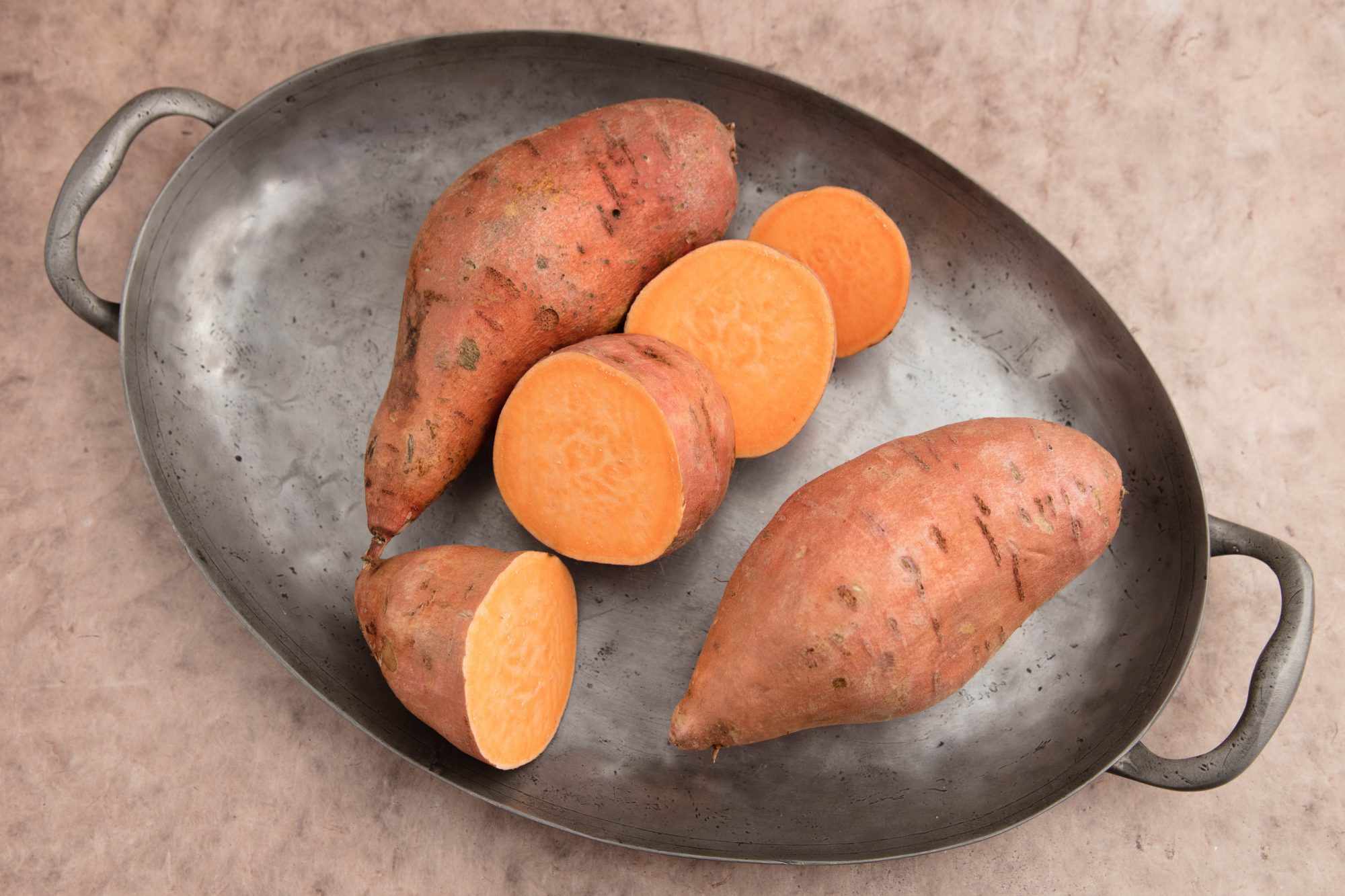

Articles
How To Store Sweet Potatoes
Modified: October 20, 2024
Discover the best practices for storing sweet potatoes in this informative article. Learn how to keep them fresh and delicious for longer.
(Many of the links in this article redirect to a specific reviewed product. Your purchase of these products through affiliate links helps to generate commission for Storables.com, at no extra cost. Learn more)
Introduction
Welcome to our comprehensive guide on how to store sweet potatoes. Whether you have harvested a bountiful crop from your garden or stocked up on this versatile root vegetable from the grocery store, proper storage is crucial to ensure their freshness and taste. Sweet potatoes are not only packed with nutrients but are also incredibly versatile in the kitchen, making them a staple in many households.
In this article, we will walk you through the step-by-step process of storing sweet potatoes to extend their shelf life and maintain their quality. From choosing and harvesting the best sweet potatoes to understanding the ideal storage conditions, we will cover all the essential factors to help you make the most of this nutritious and delicious vegetable.
So, if you’re ready to learn how to keep your sweet potatoes fresh and flavorsome for longer periods, let’s dive right in!
Key Takeaways:
- Store sweet potatoes by choosing the right variety, harvesting carefully, and curing for optimal flavor and shelf life. Maintain ideal storage conditions and enjoy versatile culinary creations for extended freshness.
- Properly prepare and store sweet potatoes in mesh bags, crates, or a root cellar. Regularly inspect and maintain them to savor their delicious versatility in various recipes.
Read more: How To Store Sweet Potato Pie
Choosing and Harvesting Sweet Potatoes
When it comes to storing sweet potatoes, the process begins even before they are harvested. Proper selection and harvesting techniques are crucial to ensure that you have high-quality potatoes that will store well. Here are some tips to help you choose and harvest sweet potatoes:
- Choose the right variety: There are various sweet potato varieties available, each with its own unique flavor and texture. Some popular varieties include Beauregard, Jewel, and Covington. Choose a variety based on your preference and the specific culinary needs you have in mind.
- Inspect for maturity: Sweet potatoes are typically ready to harvest when the leaves start to turn yellow and the vines begin to wither. Gently lift the soil to check the size and maturity of the potatoes. Ideally, they should have reached a good size and have a thick skin.
- Harvest carefully: To avoid damaging the sweet potatoes, use a garden fork or shovel to loosen the soil around the plants. Lift them out of the ground by grasping the vines close to the base. Be gentle to prevent any bruising or cuts that can affect their storage quality.
- Cure freshly harvested potatoes: Curing is a vital step in the sweet potato storage process. It involves exposing the freshly harvested potatoes to warm and humid conditions for a specific period to toughen their skin and heal any minor cuts or bruises. We will delve deeper into the curing process in the next section.
By following these guidelines, you can ensure that you have a selection of healthy, matured sweet potatoes that are primed for proper storage. With the right picking and curing methods, you can significantly extend the shelf life of your harvest and enjoy them for months to come.
Curing Sweet Potatoes
After harvesting your sweet potatoes, the next crucial step is curing. Curing is a process that allows the potatoes to develop a protective layer on their skin, leading to improved flavor, extended shelf life, and better storage quality. Here’s how to properly cure sweet potatoes:
- Handle with care: Before curing, make sure to handle the sweet potatoes gently to prevent any further damage. Avoid dropping or stacking them on top of each other, as this can cause bruising or encourage spoilage.
- Start the curing process: Place the sweet potatoes in a well-ventilated area with a temperature of around 80-85°F (27-29°C) and a humidity level of 85-90%. This can be achieved by using a basement, garage, or any other space that meets these conditions.
- Cure for 7-10 days: Allow the sweet potatoes to cure for approximately 7-10 days. During this time, the potatoes will undergo chemical changes that convert some of their starches into sugars, resulting in a sweeter flavor. This curing process also toughens the skin, making them more resistant to spoilage.
- Provide proper ventilation: During curing, ensure that there is proper air circulation to prevent the buildup of excess moisture, which can lead to rotting. You can achieve this by spacing the sweet potatoes apart or using crates or racks to allow for proper ventilation.
- Check for signs of readiness: To determine if the sweet potatoes are adequately cured, perform a simple skin rub test. Gently rub the skin with your thumb to ensure that it does not peel or come off easily. If the skin stays intact, it indicates that the potatoes are ready for storage.
Remember, the curing process is essential in transforming freshly harvested sweet potatoes into long-lasting storage-worthy tubers. By dedicating time and effort to proper curing, you can enhance the flavor and texture of your sweet potatoes and extend their shelf life for several months.
Proper Storage Conditions
To ensure the longevity and quality of your sweet potatoes, it is essential to provide them with the ideal storage conditions. Here are the key factors to consider:
- Temperature: Sweet potatoes should be stored in a cool area with a temperature range of 55-60°F (13-16°C). Avoid storing them in places that are too cold, such as the refrigerator, as this can negatively affect their taste and texture.
- Humidity: Maintaining the right humidity level is crucial in preventing the sweet potatoes from drying out or becoming too moist, which can lead to rotting. The ideal humidity range for storing sweet potatoes is 75-80%. You can use a hygrometer or humidity control devices to monitor and adjust the humidity levels accordingly.
- Darkness: Sweet potatoes should be stored in a dark environment to prevent them from sprouting prematurely. Exposure to light can trigger the growth of sprouts, leading to a loss in quality and flavor.
- Ventilation: Proper air circulation is important to prevent the buildup of moisture and reduce the risk of mold or rot. Make sure there is adequate ventilation in the storage area to allow for fresh airflow. Avoid sealing them in airtight containers, as this can trap moisture and promote decay.
By providing the sweet potatoes with the right storage conditions, you can prolong their shelf life and maintain their flavor and texture. Consider utilizing a root cellar, a cool basement, or a pantry with controlled temperature and humidity levels to create an optimal storage environment.
Now that you know the ideal conditions for storing sweet potatoes, let’s move on to the next crucial step: preparing the sweet potatoes for storage.
Preparing Sweet Potatoes for Storage
Before you store your sweet potatoes, it’s essential to properly prepare them to ensure they remain fresh and flavorful throughout their storage period. Here are some steps to follow when preparing sweet potatoes for storage:
- Clean the sweet potatoes: Gently brush off any excess dirt or debris from the sweet potatoes using a soft brush or cloth. Avoid using water or washing the potatoes, as moisture can promote spoilage.
- Inspect for damage: Carefully examine each sweet potato for any signs of injury, such as cuts, bruises, or rot. Remove any damaged or diseased potatoes, as they can spread spoilage to the rest of the batch.
- Allow to dry: After cleaning and inspecting, give the sweet potatoes some time to air dry. This will help remove any residual moisture and prevent the growth of mold or bacteria during storage.
- Handle with care: When handling the sweet potatoes, be gentle to avoid any additional bruising or damage. Rough handling can lead to increased spoilage and decreased storage quality.
By following these steps, you will ensure that the sweet potatoes are properly prepared for storage. Taking the time to clean, inspect, and handle them with care will help maintain their freshness and extend their shelf life.
Now that the sweet potatoes are ready, it’s time to move on to storing them in the proper manner.
Store sweet potatoes in a cool, dark, and well-ventilated place, such as a pantry or basement. Avoid storing them in the refrigerator, as the cold temperature can negatively impact their flavor and texture.
Storing Sweet Potatoes
Now that you have prepared your sweet potatoes for storage, it’s time to find the ideal storage method. Here are a few options to choose from:
- Mesh bags or crates: Place your sweet potatoes in mesh bags or crates that allow for proper air circulation. This will prevent the buildup of excess moisture and maintain optimal humidity levels. Avoid overcrowding the potatoes to provide enough room for ventilation.
- Cardboard boxes: Another option is storing sweet potatoes in cardboard boxes lined with paper or straw. The paper or straw can help absorb excess moisture and provide insulation.
- Root cellar: If you have access to a root cellar, it can be an excellent storage location for sweet potatoes. Root cellars provide cool, dark, and humid conditions that are ideal for long-term storage.
Regardless of the storage method you choose, keep in mind the following tips:
- Avoid stacking: Do not stack the sweet potatoes on top of each other, as this can lead to bruising and damage.
- Regularly inspect: Check your stored sweet potatoes regularly for any signs of spoilage, such as mold or rot. Remove any affected potatoes promptly to prevent further contamination.
- Avoid exposure to light: Ensure that the storage area is dark and free from any sunlight or artificial light sources. Light exposure can cause the sweet potatoes to sprout prematurely.
By selecting the appropriate storage method and following these guidelines, you can extend the shelf life of your sweet potatoes and preserve their flavor and nutritional value.
Next, let’s explore how to check and maintain the stored sweet potatoes to ensure their long-lasting freshness.
Checking and Maintaining Sweet Potatoes
While sweet potatoes are in storage, it is crucial to periodically check on them and take necessary measures to maintain their quality. Here are some tips on how to check and maintain your stored sweet potatoes:
- Regular inspections: Check your stored sweet potatoes every few weeks for any signs of spoilage. Look for mold, soft spots, or sprouting. If you find any damaged potatoes, remove them immediately to prevent the spread of decay.
- Adjust humidity levels: Monitor the humidity levels in the storage area and make adjustments if necessary. If the environment becomes too humid, consider increasing ventilation or using dehumidifiers. On the other hand, if the storage area is too dry, you can place a tray of water nearby to increase moisture levels.
- Temperature control: Ensure that the storage area maintains a consistent temperature within the recommended range of 55-60°F (13-16°C). Avoid drastic temperature fluctuations, as this can accelerate spoilage.
- Avoid exposure to ethylene: Keep sweet potatoes away from fruits or vegetables that emit high levels of ethylene gas. Ethylene can cause sweet potatoes to sprout or spoil faster. Common ethylene-producing fruits include apples, bananas, and tomatoes.
- Rotate the stock: When using stored sweet potatoes, make sure to rotate the stock. Consume the older ones first to prevent any potatoes from becoming overripe or spoiling.
By regularly checking and maintaining your stored sweet potatoes, you can catch any issues early on and take the necessary steps to preserve their quality and flavor. This will ensure that you can enjoy the delicious and nutritious benefits of sweet potatoes for an extended period.
Now that you know how to check and maintain your stored sweet potatoes, let’s explore the various ways you can use them in your culinary endeavors.
Using Stored Sweet Potatoes
Stored sweet potatoes are incredibly versatile and can be used in a wide variety of culinary creations. Here are some delicious ideas for using your stored sweet potatoes:
- Baked sweet potatoes: One of the simplest and most popular ways to enjoy sweet potatoes is by baking them. Simply scrub the potatoes, prick them with a fork, and bake at 400°F (200°C) for about 45-60 minutes, or until tender. Serve as is or with your favorite toppings like butter, cinnamon, or marshmallows.
- Sweet potato fries: Cut your sweet potatoes into long, thin strips, toss them in olive oil, sprinkle with salt and pepper, and bake at 425°F (220°C) until crispy. Serve as a healthier alternative to traditional French fries.
- Mashed sweet potatoes: Boil or steam the sweet potatoes until soft, then mash them with butter, a splash of milk or cream, and a touch of maple syrup or brown sugar for a comforting and flavorful side dish.
- Sweet potato soup: Cook chopped sweet potatoes with onions, garlic, and vegetable broth until tender. Puree the mixture, season with spices like cinnamon, nutmeg, and cayenne pepper, and enjoy a warm and creamy sweet potato soup.
- Roasted sweet potato salad: Roast cubed sweet potatoes with olive oil, salt, and your favorite herbs until caramelized and tender. Toss them with greens, feta cheese, toasted nuts, and a tangy vinaigrette for a satisfying salad.
- Sweet potato pancakes: Grate raw sweet potatoes and mix them with flour, eggs, and spices to create delicious and nutritious pancakes. Serve topped with maple syrup or yogurt for a delightful breakfast or brunch.
- Sweet potato curry: Add diced sweet potatoes to your favorite curry recipe for added sweetness and texture. The natural sweetness of the potatoes pairs well with aromatic spices like curry powder, cumin, and coriander.
These are just a few examples of the many ways you can use stored sweet potatoes in your meals. Get creative and experiment with different recipes to fully enjoy the diverse flavors and health benefits that sweet potatoes offer.
Now that you have learned how to utilize your stored sweet potatoes, it’s time to wrap up our guide.
Conclusion
Congratulations! You have now learned the essential steps to store sweet potatoes and prolong their freshness and flavor. By following the guidelines we have provided, you can enjoy the nutritional benefits of sweet potatoes for an extended period.
Remember, it all begins with choosing the right variety, harvesting at the optimal time, and properly curing the sweet potatoes. Creating the ideal storage conditions, preparing them carefully, and selecting the right storage method are crucial for ensuring their long shelf life.
Regularly checking and maintaining the stored sweet potatoes, and utilizing them in various culinary creations, allows you to fully enjoy their versatility and delicious taste. From baked potatoes to soups, salads, and pancakes, the possibilities are endless.
Whether you have a surplus harvest from your garden or want to stock up on this nutritious vegetable, proper storage techniques are essential. By implementing the knowledge you have gained from this guide, you can confidently store your sweet potatoes and savor their goodness throughout the year.
Remember, the key factors to consider in storing sweet potatoes are temperature, humidity, darkness, and ventilation. Always inspect the stored potatoes for any signs of spoilage and make adjustments to maintain optimal storage conditions.
Now it’s time to put your newfound knowledge into action. Enjoy the delicious flavors of your stored sweet potatoes and embark on a culinary journey filled with creativity and satisfaction!
Frequently Asked Questions about How To Store Sweet Potatoes
Was this page helpful?
At Storables.com, we guarantee accurate and reliable information. Our content, validated by Expert Board Contributors, is crafted following stringent Editorial Policies. We're committed to providing you with well-researched, expert-backed insights for all your informational needs.

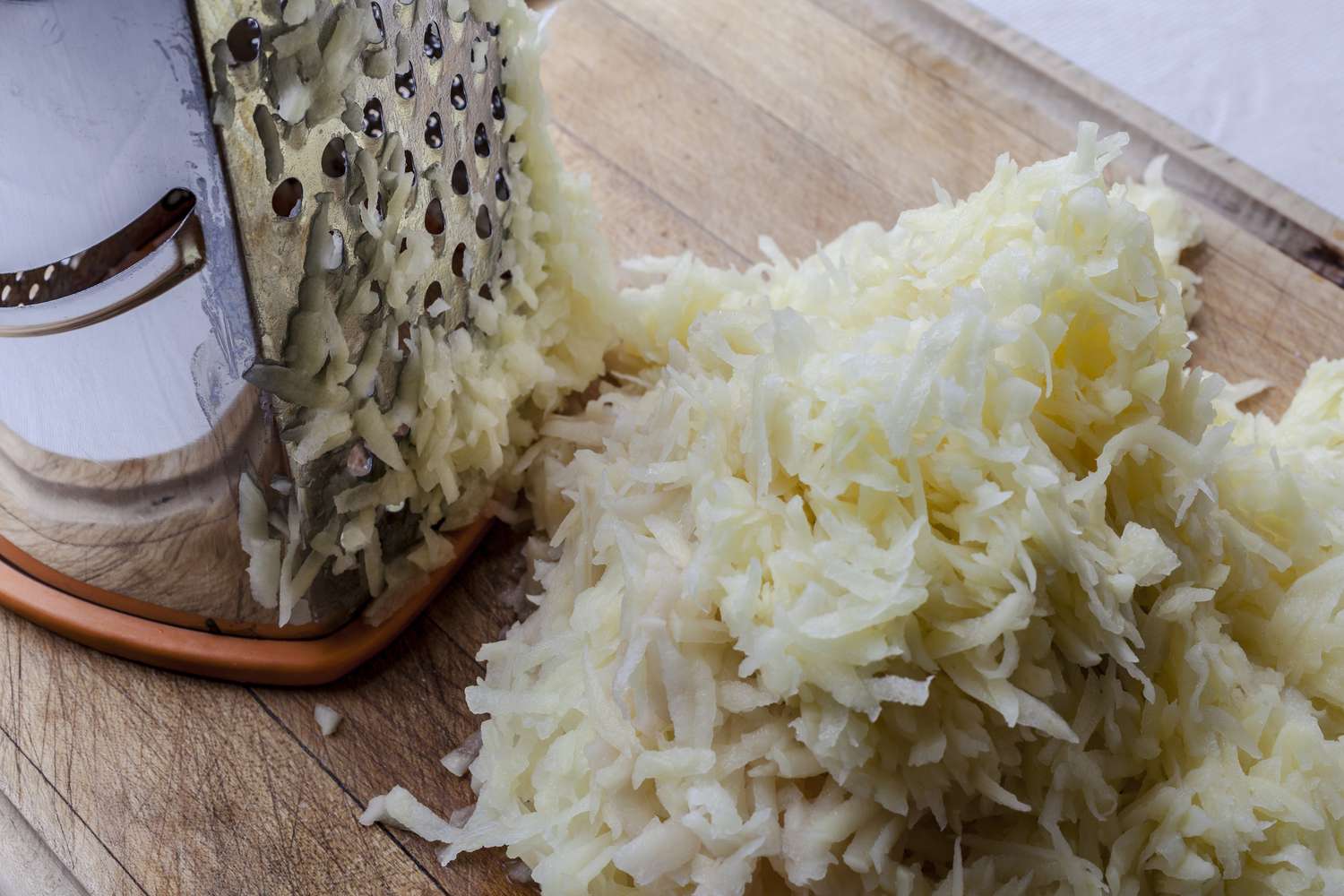


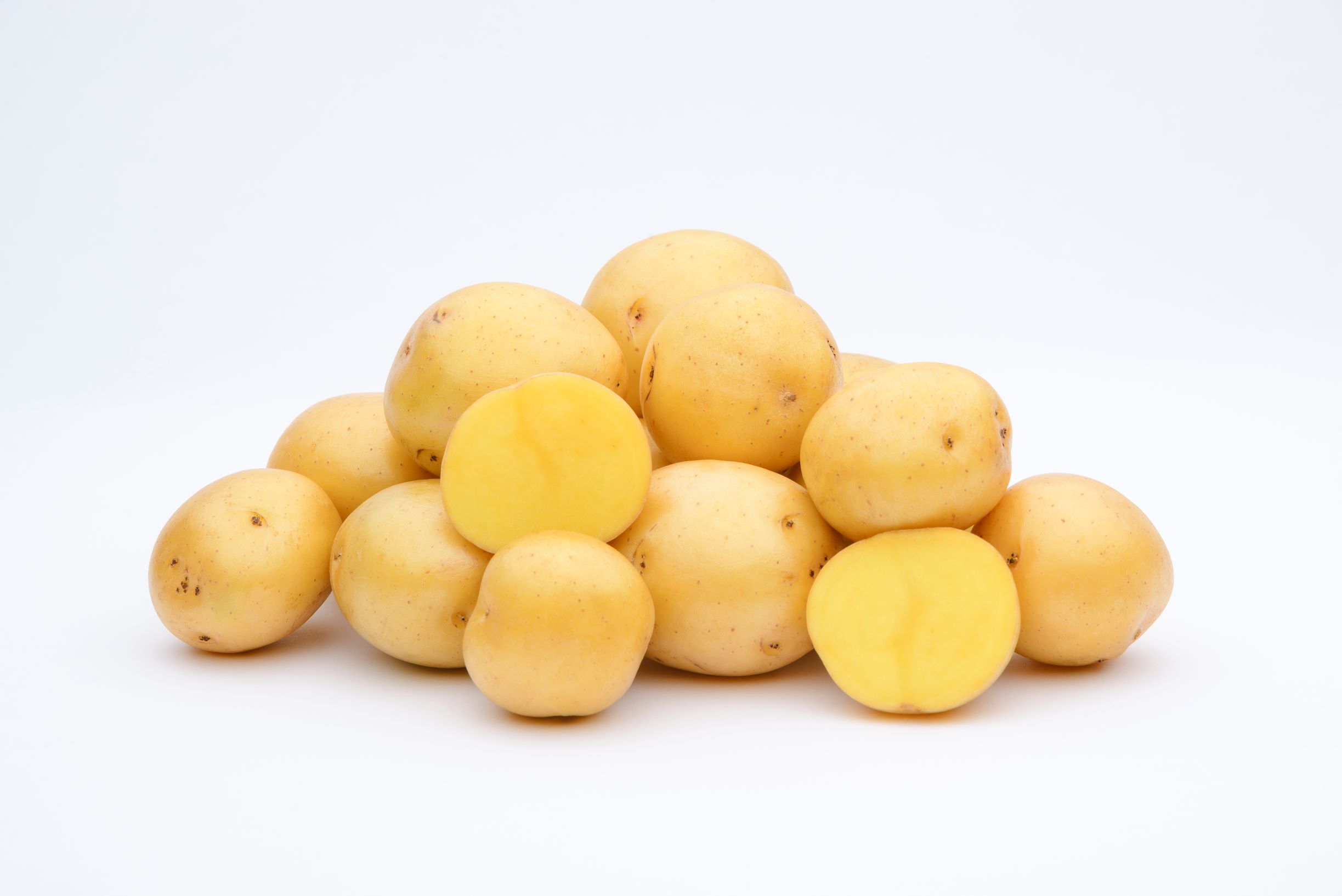
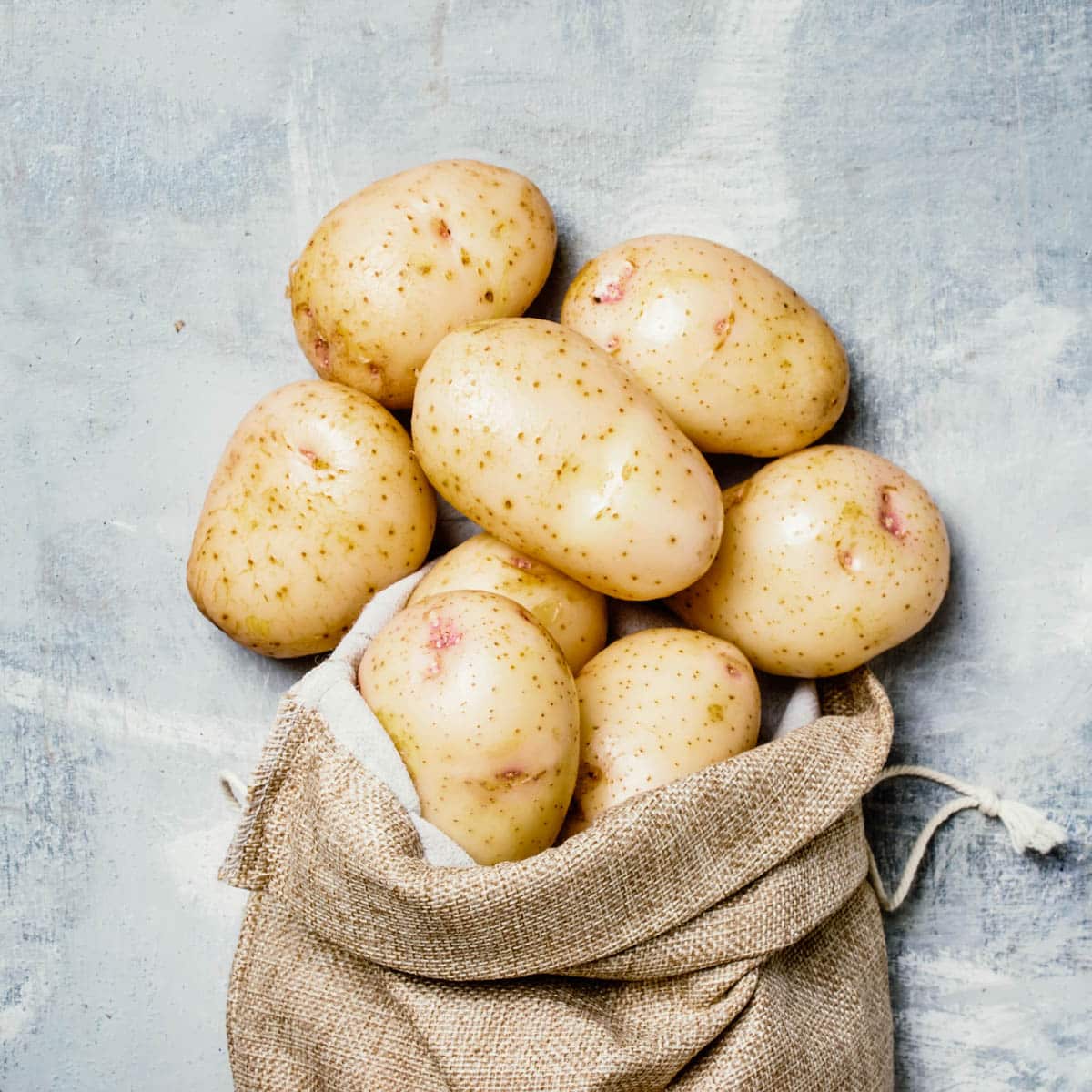

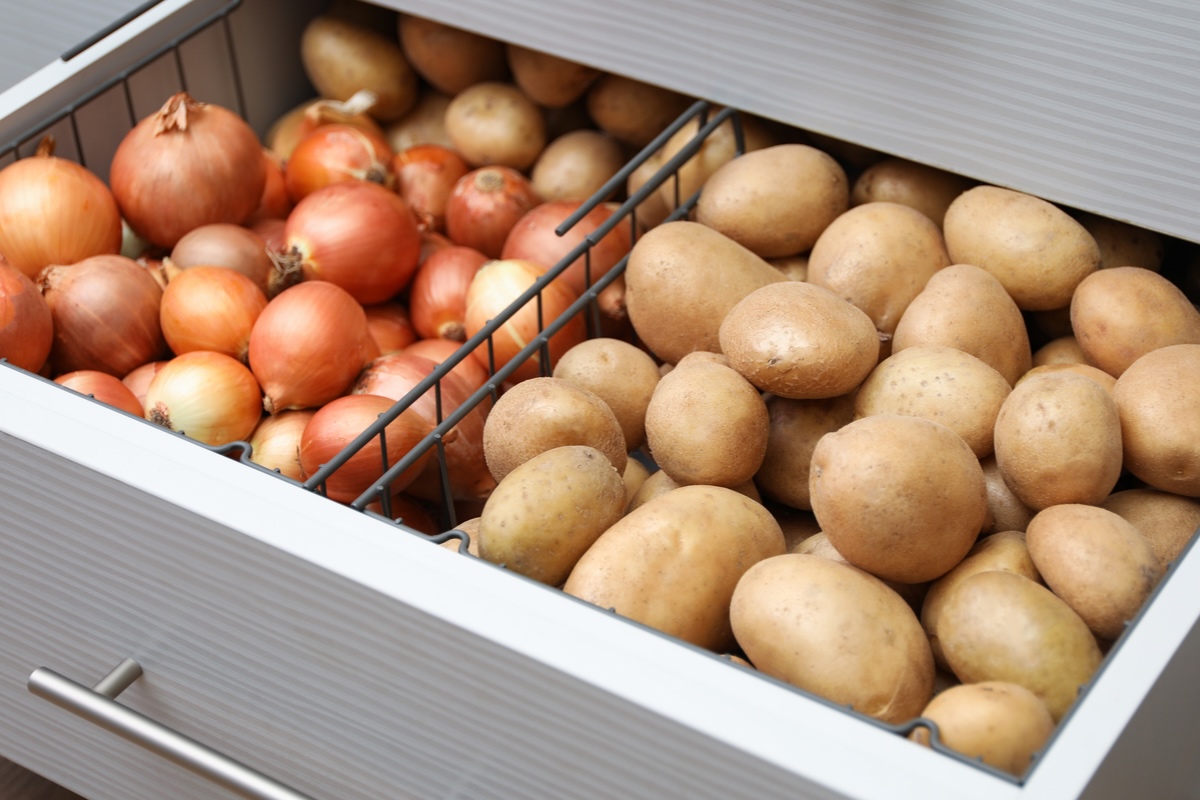
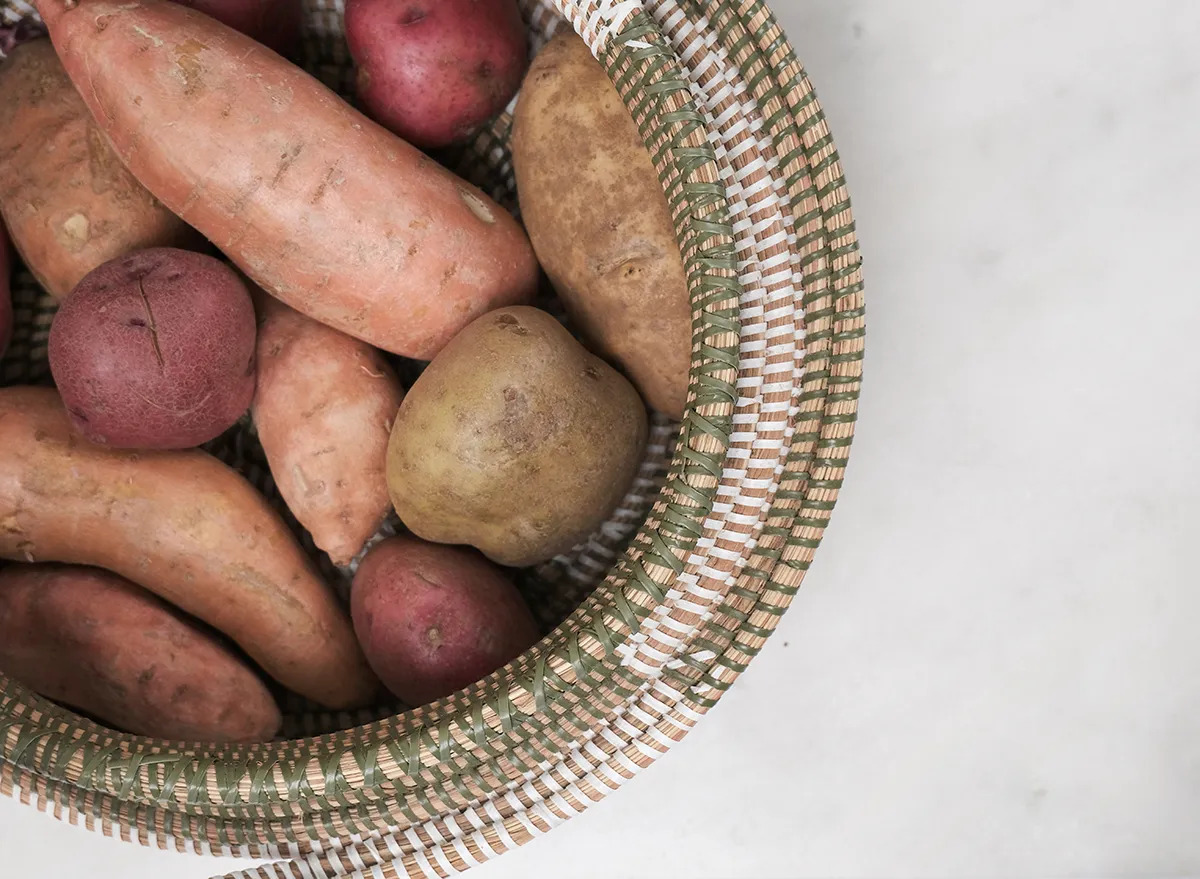
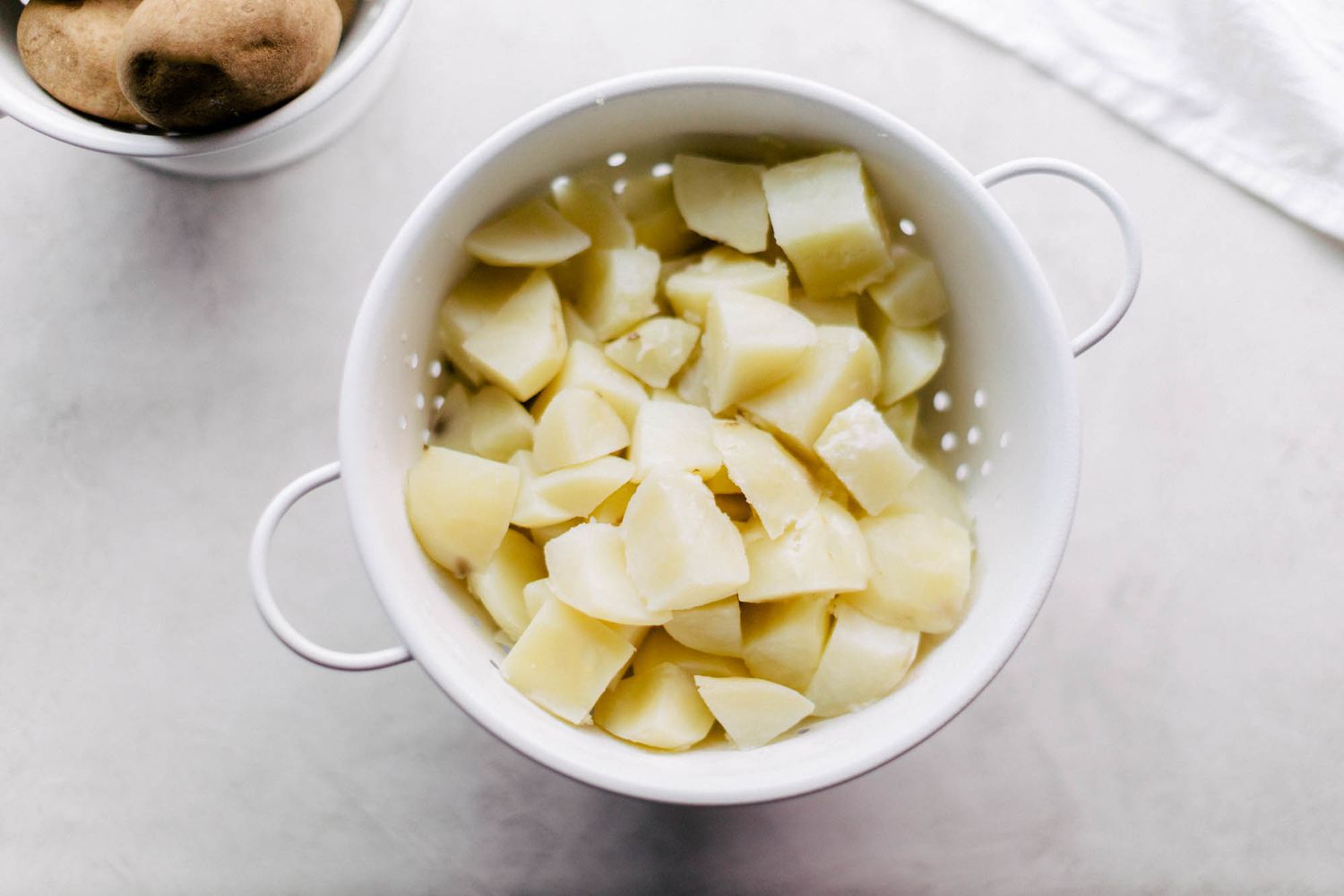
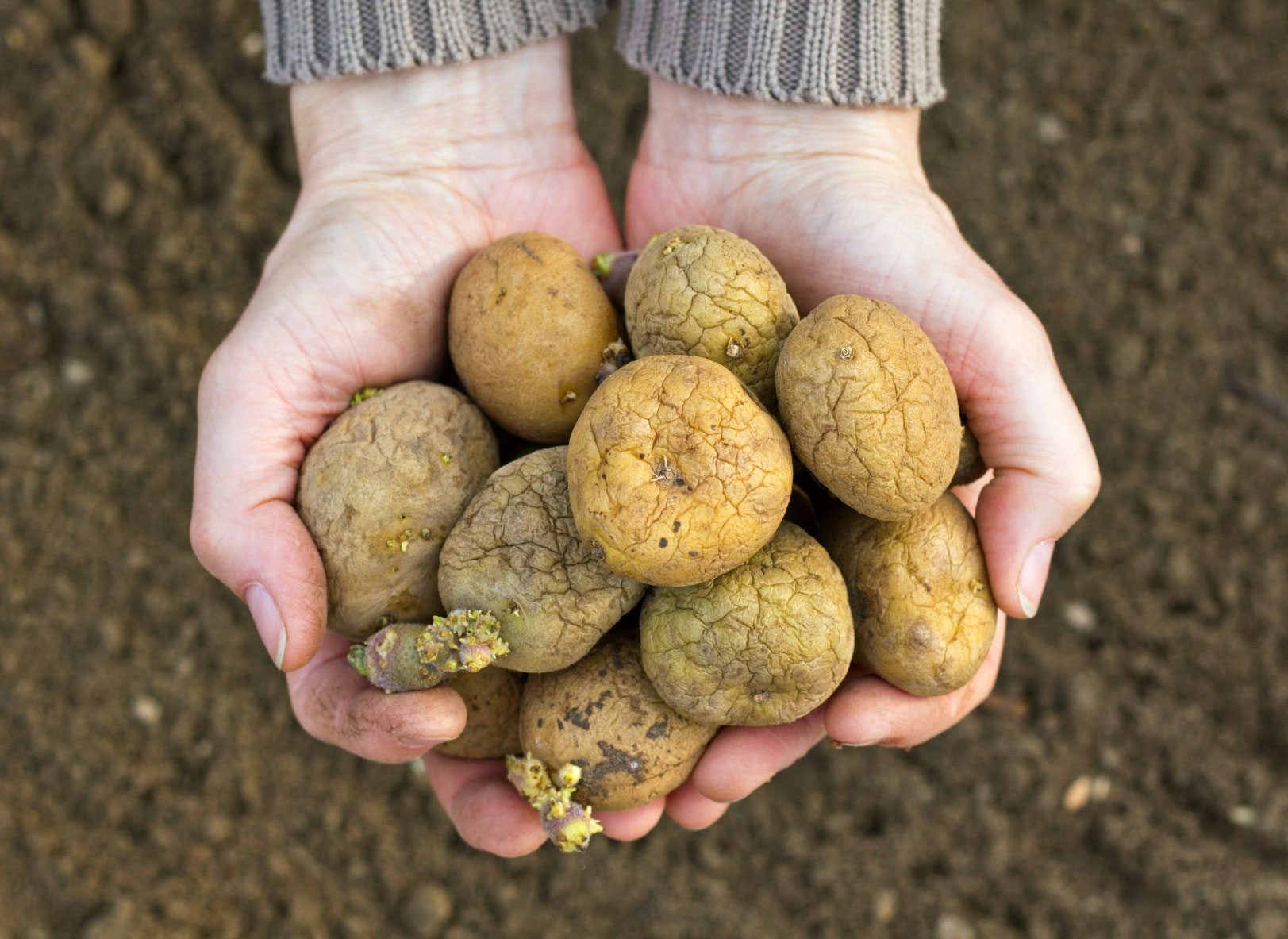
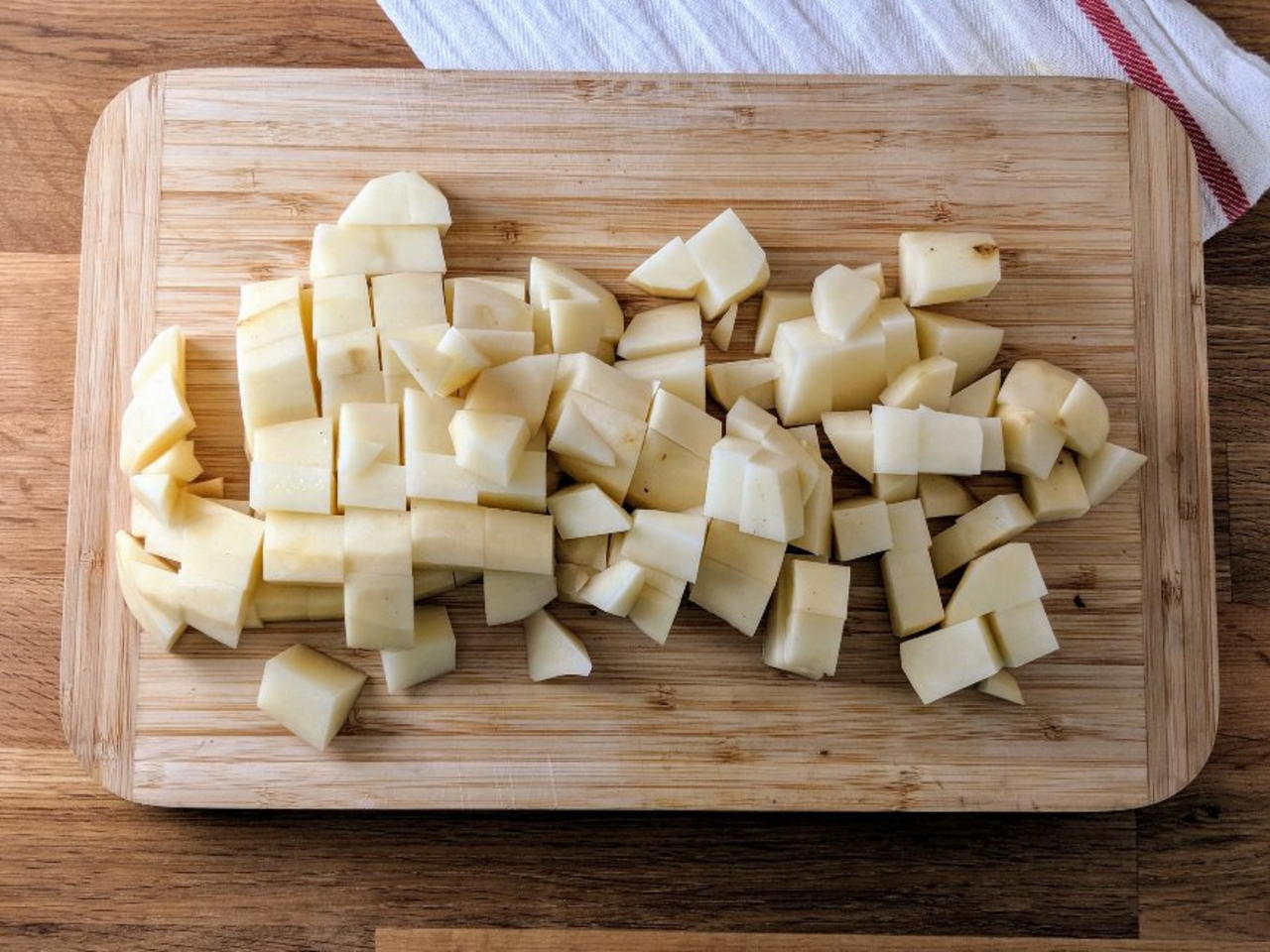
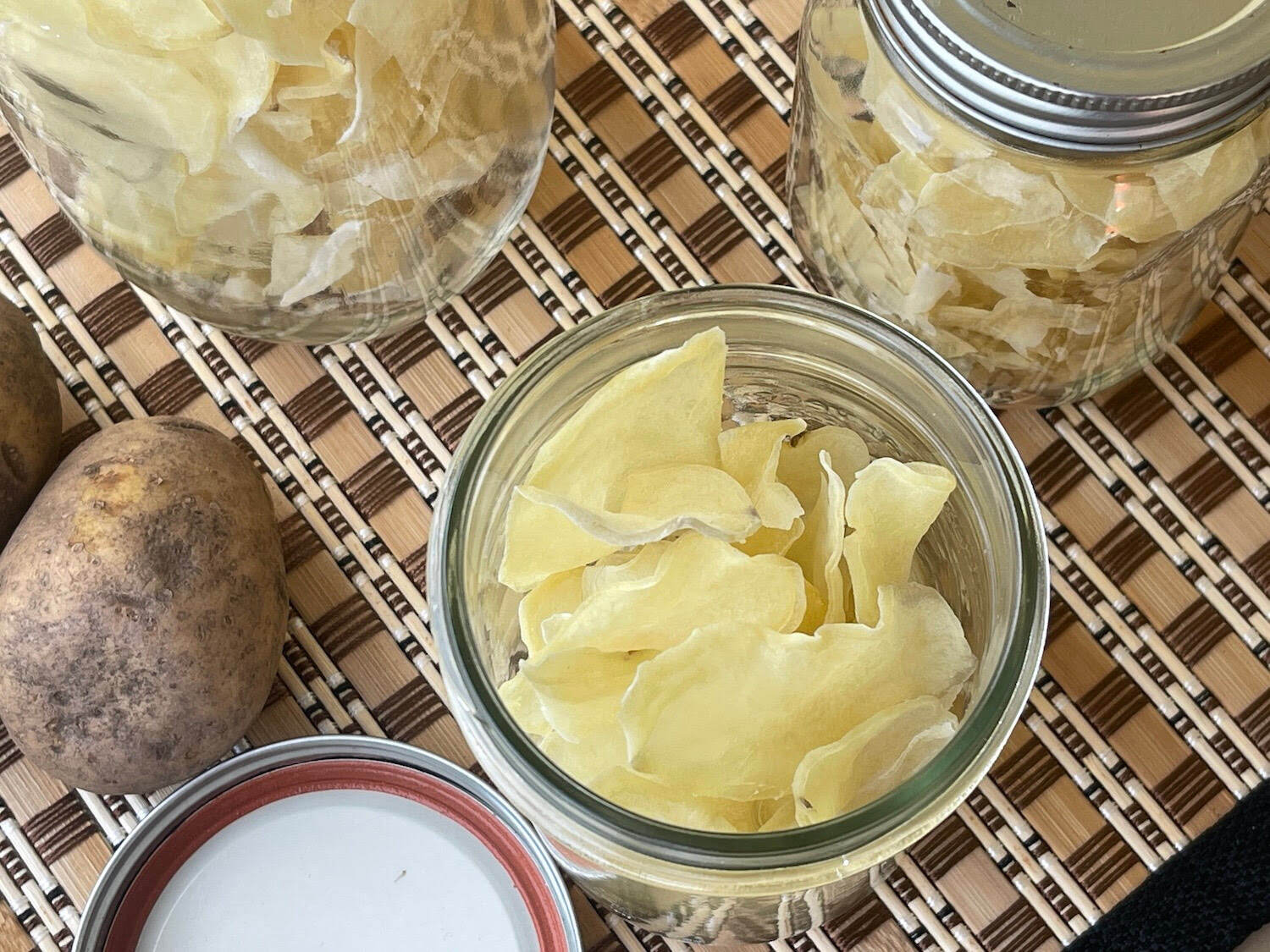
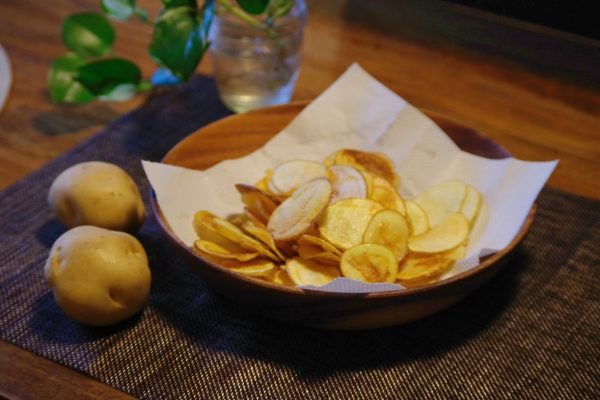

0 thoughts on “How To Store Sweet Potatoes”